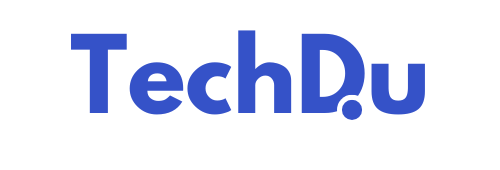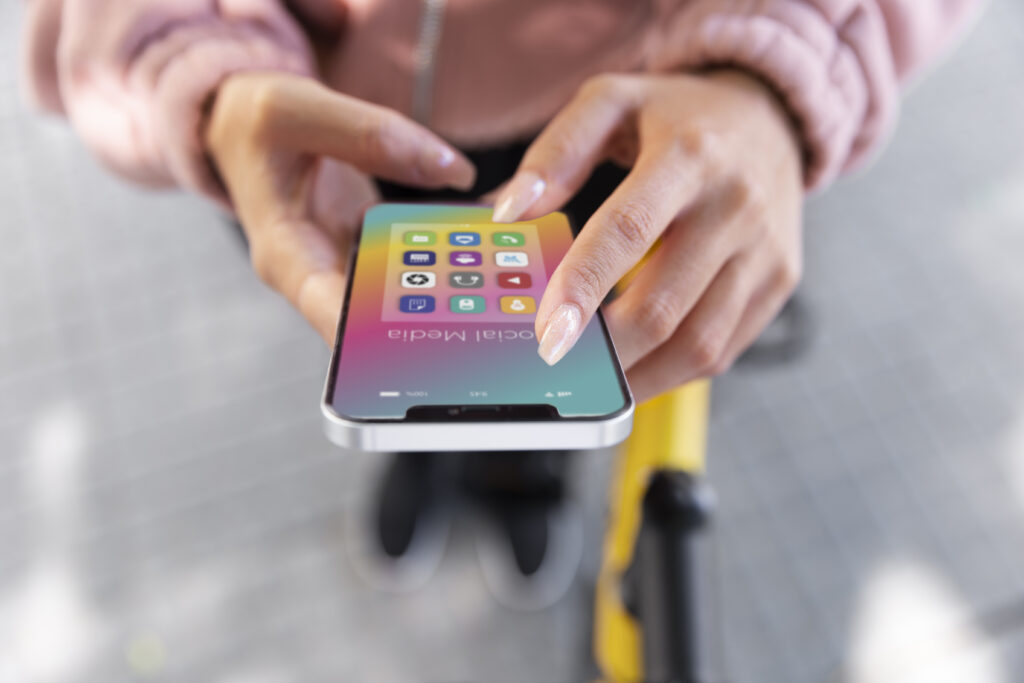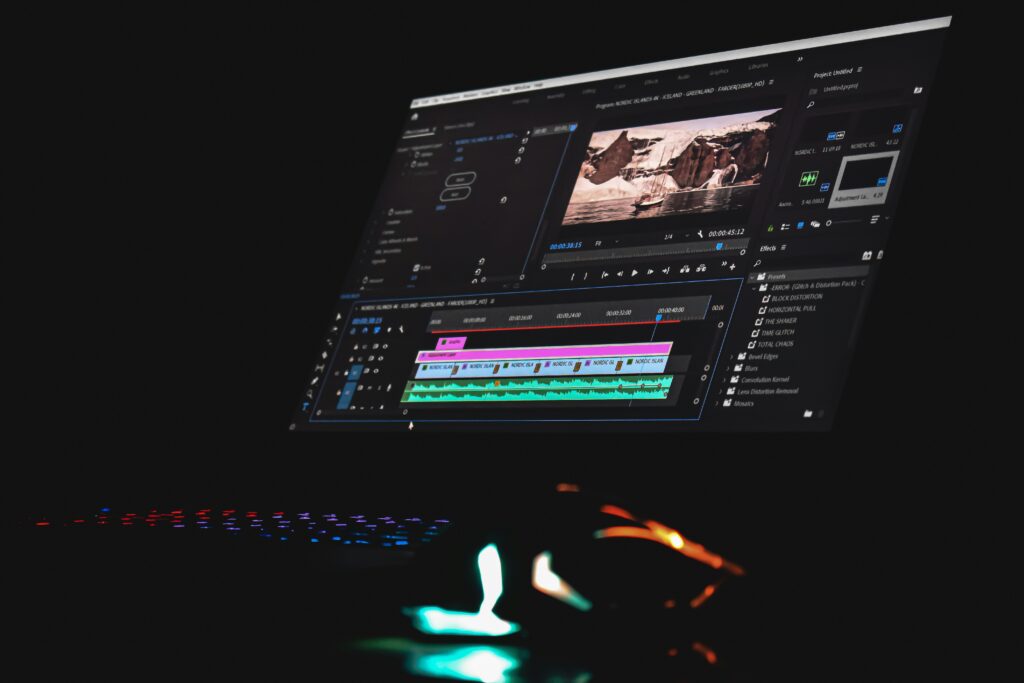Color e-ink technology employs charged particles to form vivid, full-color images. It accomplishes all of this on a very thin, flexible, and exciting new surface. Used in e-readers, tablets, and some digital signs, color e-ink gives clear images even in bright light while using very little power.
E-ink displays are unique in that they don’t use backlighting like conventional LCD displays. This innovative design helps to minimize battery consumption while providing a comfortable reading experience.
Key Takeaways
- Color e-ink technology takes the original monochrome e-ink and supercharges it with color filters and multi-pigment systems. This innovation expands its use cases, moving beyond just e-readers to retail displays, wearables and public signage.
- The beauty of the underlying mechanism of color e-ink is that it reflects ambient light. This design provides the best readability in direct sunlight and up to eight times less eye strain than backlit LCD or OLED displays.
- In terms of energy efficiency and battery longevity, color e-ink displays are truly awe-inspiring. For example, as a tradeoff, they typically produce less saturated colors and slower refresh rates than traditional screens.
- Developments in microcapsule and multi-pigment technologies are leading the charge. They’re making tangible progress on color reproduction, refresh speeds and the all-around adaptability of e-ink displays for a plethora of industries.
- The use of color e-ink in devices such as dual-screen phones and dynamic price tags exemplify the amazing potential. It dramatically streamlines user experience, increases productivity by improving multitasking, and operational efficiency!
- Potential readers, whether consumers or enterprise adopters, should keep battery life and contrasting display vibrancy in mind, as they will lend themselves better to certain use cases more than others. Follow along as we explore new developments in this rapidly advancing technology!Staff can now read important data in real time on portable monitors, giving this technology the power to improve outcomes. As this tech continues to develop, it opens new avenues for work in the clinic, from displaying detailed medical scans to monitoring important patient information.In the following sections, we illustrate how color e-ink intersects with healthcare as it exists today.
What Is Color E-Ink?
Color e-ink is an alternative display technology that allows for bright, highly saturated colors. It accomplishes this in a manner that is remarkably easy on the eyes and power efficient.
It achieves its color by layering cyan, magenta, and yellow pigments within microcapsules to create deep, vibrant colors. Each Color E-Ink microcapsule contains white and black pigments that are controlled by electric signals.
With a color palette of up to 32,000 colors, color e-ink is capable of displaying images, figures, and graphics in addition to text. That makes it useful for much more than e-readers! Imagine digital signs, smart labels, and even smartwatches. You need exceptional battery life and daylight readability.
Beyond Black and White Pixels
The move from basic black-and-white to color e-ink is a significant advancement. Early e-ink displays were limited to black and white, readable but not suitable for anything more.
Now, color e-ink can show complicated charts, colorful comics, and beautiful photos in sharp detail. Whether it’s to identify patterns in their data or experience vibrant imagery, users have the ability to add or include color.
Since then, the tech has only gotten sharper and faster. Consequently, ghosting—the phenomenon where previous images linger—has been less of an issue.
The Core Principle: Reflecting Light
Instead of using a backlight that shines through the display, color e-ink uses ambient light, bouncing it off the screen. This allows for comfortable readability in direct sunlight, as well as being more eye-friendly compared to traditional backlit screens.
Unlike LCD and OLED screens, which project intense lights through their pixels, e-ink uses the ambient light of the surrounding room, causing little to no glare and strain. This is what makes it as comfortable to read as actual printed paper.
Key Differences from LCD/OLED
Energy consumption is a key factor where color e-ink draws significantly less power compared to LCD or OLED. It’s the kind of thing that lets you use a device for weeks instead of hours.
This means it won’t be able to compete with LCD or OLED for those bright, punchy colors. That said, it does offer plenty of detail for general use and is easier on the eyes.
Its extreme high contrast and ultra wide view angle make it ideal for long form reads, or wayfinding signs in municipal or other public-facing environments.
How Color E-Ink Displays Work
Color e-ink displays use millions of microcapsules to create rich, high-contrast images that are easier on the eyes. Today, this technology is ubiquitous in e-readers, electronic signs, and more recently, tablets. It’s lightweight, thin, very flexible, and performs extremely well in direct sunlight.
In the years since, e-ink has developed technology that’s made color more vibrant and realistic.
1. Basic Building Blocks: Microcapsules
Each microcapsule is approximately as thick as a human hair. The e-ink display is a lot more colorful than just black and white dots. These expand and contract upwards or downwards when a certain charge is passed through the screen.
This movement, known as electrophoresis, allows for the appropriate colors to appear on the surface. Other color e-ink technology employs four distinct colored pigments. This enables a dramatically wider range of colors – up to 50,000 shades!
Microcapsules are one of the key building blocks to e-ink’s magic. These microcapsules hold the ink in tiny, sealed chambers, preventing pigment from mixing and making images crisp and permanent.
2. Monochrome E-Ink: The Foundation
Monochrome e-ink is the original flavor. It achieved this by creating the illusion of color with black and white particles in each microcapsule. What this meant was these early screens were incredibly crisp and had a very high contrast ratio to read outdoors.
This foundation allowed engineers to build in color support later. Monochrome screens are still the best choice for applications such as reading deep documents or medical charts. In these cases, crisp black-on-white text is more important than color.
3. Adding Color: Filter Overlays
Another method employed by some color e-ink screens is the use of color filters, which divide white light into red, green, and blue. This creates color, but it can reduce the crispness of the display.
For instance, a 300 ppi display could only maintain 100 ppi with the use of filters. Even so, it’s the approach used by the Kindle and similar devices for inexpensive color.
4. True Color: Multi-Pigment Systems
The newer e-ink displays utilize a greater density of colored ink in the microcapsules. As a result, you get all eight of the primary colors, instead of just the primary three.
The multi-pigment designs improve color richness and perform better in adverse conditions. These are ideal for dynamic ads, smartwatches, and tablets where vibrant color is key.
5. Next-Gen: Richer Color Tech
Recent developments allow e-ink to display richer colors and finer detail. These days, it’s possible to find color screens that are stunningly brilliant, consume far less electricity, and perform excellently in the daylight.
These are poised to facilitate advances in portable health diagnostics, smart-labels, and any number of devices that require rich, color-coded information at-a-glance.
Color E-Ink: Pros and Cons
Color e-ink technology stands out as another great contender, particularly for mobile displays, digital signage, and e-readers. This unique technology mixes saving money with beautiful color graphics like a pro! The advanced color e-paper technology comes with its own array of trade-offs that largely determine user experience and real-world use, especially in clinical and data-rich settings.
Unbeatable Readability, Low Power
One of the key strengths of e-ink displays is their inherent readability. They display crisp, black-and-white text under direct sunlight or fluorescent lighting. This is a huge boon for clinical environments, outdoor-facing displays or any daylight reading.
These displays are incredibly low-power, operating on about 1/10 the energy of LCD or OLED displays. Devices powered by color e-ink can last for weeks per charge. This is particularly useful in hospitals or for field staff that require dependable, always-on displays, thus alleviating battery stress.
Color e-ink screens are a lot darker than black-and-white ones. That said, their advantage in power consumption makes them an excellent choice for long-term deployments.
The Color Conundrum: Vibrancy
This is where the trade-offs really start to show. The downside is that colors on e-ink are quite muted, and they can’t match the vibrancy of an LCD or OLED screen. The color filter—a color-layered thin film covering the monochrome base—halves resolution, with most models peaking out at about 150dpi.
This in turn results in reduced detail and an easily noticeable hexagon pattern on older models. Current development seeks to increase saturation and sharpness. When it comes to deep visuals or detailed charts, color e-ink misses the mark.
Refresh Rates: Getting Faster?
Refresh rates are still far behind other display technologies. It usually takes 15 to 20 seconds to power up, and a few seconds to wake from sleep. Color screens tend to have a much higher degree of ghosting, particularly with quickly changing graphics.
Engineers are working hard to create even faster update cycles. For now, even today’s color e-ink is best suited for static content like public health records, wayfinding signage and transportation dashboards—not video or rapid scrolling.
Cost and Manufacturing Hurdles
Production cost is another hurdle. The need for a color filter layer in addition to a more complicated build lead to costs exceeding those of monochrome displays. This reduced pixel density and pattern visibility further exacerbate the issue, delaying adoption across new devices.
That said, advancements in thin-film materials and manufacturing could work in tandem to reduce costs.
Color E-Ink in Action: Beyond E-Readers
Color e-ink is opening new worlds to the way we interact with digital screens. This technology is now appearing everywhere, not just e-readers. This new technology allows color e-ink to display more than 32,000 colors, thanks to cyan, magenta, yellow, and white pigments.
This groundbreaking new color technology enables a range of new devices and displays.
Smart Retail: Dynamic Price Tags
Almost all stores today are adopting color e-ink for digital price tags and in-store advertising. Talk about eye-catching… These dynamic price tags really pop! They produce vibrant, high-resolution color content that’s perfectly legible at almost any angle and under all lighting conditions.
E-ink tags allow staff to remotely update pricing and promotions through a centralized system, reducing errors and saving time. Large retailers across Europe and Asia use 20-inch e-ink digital shelf labels.
These displays use 1600 by 2500 pixels at 150 ppi and refresh in two seconds. These displays not only allow stores to be more current, but provide shoppers with unambiguous information.
Wearables: Always-On Color
Color e-ink is being integrated into wearables, including smartwatches and fitness trackers. These displays remain on all day, consuming minimal power. This allows users to glance at their steps, heart rate, or messages without ever having to fear that their screen will turn off on them.
Devices such as the 12-inch Kaleido color e-paper monitor, released in early 2023, demonstrate the potential of e-ink in smart devices.
Public Displays and Signage
Cities have begun adopting color e-ink for bus stops and wayfinding street signs. In London, real-time bus information in transit shelters are displayed on e-ink screens. These signs perform excellently outdoors and are easily readable even in direct sunlight.
They are extremely power efficient and can operate for months on a single charge—which suits the public’s needs perfectly.
The Rise of Secondary Screens
Other devices like the Yotaphone, and more recently, the Onyx Boox Mira, feature a secondary e-ink screen. These displays allow users to read, sketch, or view information while utilizing a fraction of the power.
As one use case, some smartphones now feature a secondary e-ink panel on the back that can be used to display messages and news. This secondary screen trend provides users with a different means of keeping up to date, all without the drain on the primary battery.
Dual-Screen Phones: The E-Ink Edge
Dual-screen phones are making some serious headway into the consumer tech market. Their combination of versatility and new features is powering this success. These devices generally combine a standard LCD or OLED display with an additional, energy-efficient e-ink screen.
This dual-screen setup is perfect for users who need to quickly transition from everyday phone tasks to immersive activities such as reading or note-taking. Other brands take the opposite approach and go with a punch hole/camera cutout free design. That design move helps keep the device from looking too cluttered, thus making it more functional.
In a practical sense, the e-ink display is more than a gimmick. It provides unique, new methods of getting more out of your phone, particularly for those activities that demand lower battery usage and a need to focus.
Why a Second E-Ink Screen?
Why a Second E-Ink Screen? The second e-ink screen provides users with a convenient tool for reading directions, taking notes, or reviewing to-do lists. Because e-ink uses so little power, it can run for weeks on a single charge.
That makes it a good choice for anyone looking for a device that can truly match the pace of their on-the-go lifestyle. The e-ink side cuts down on things that make us lose focus, like pop-ups or bright colors, which helps when you need to read or write without getting sidetracked.
E-ink color technology now allows for a much broader range of colors, meaning it’s not just for black-and-white novels anymore. This is especially useful for comics, reports, or any content that has a significant value in color.
Top Phones Showcasing E-Ink
Other notable examples include the YotaPhone 2, Hisense A7 CC, and the recently released Onyx Boox Palma. The YotaPhone 2 became famous for its always-on e-ink back, but Hisense models are leading the way with color e-ink technology.
Onyx Boox Palma goes really hard on the reading/note-taking duality, providing a high-resolution, smooth grayscale screen in a super-sleek, minimalist package. Each one serves a specific audience—be it readers, writers, or users in search of extended battery life.
Enhancing Mobile User Experience
With these phones, multitasking isn’t just possible — it’s simple. On the opposite screen, you can scroll through a report on the e-ink side while taking calls or replying to emails on the main screen.
Apps that work with e-ink are simple and clear, which makes for less eye strain and a better time reading in sunlight. People have reported that they appreciate the break from the endless notifications. They love the comfort provided by a screen that is more like paper.
A Niche or Future?
Many users are looking at dual-screen e-ink phones as a niche product. The public is increasingly desiring devices that fit their workflow and aid in the fight to combat digital clutter.
As color e-ink tech gets sharper and more colorful, these phones will be able to target a much broader niche audience. They are most attractive to people who need long battery life and prefer reading or writing.
Future of Color E-Ink Displays
Color e-ink technology keeps finding new ground, moving well past its early days with color filter arrays and basic screens. Kaleido 3 and Gallery 3 e-paper displays have really come into their own lately. They introduce the ability to display brighter colors and higher definition images, which opens up amazing new applications!
These updates are significant for anyone who wants to read picture-laden documents such as graphic novels, academic resources, and periodicals. They are in the interests of those who need more than a typical tablet’s battery life can provide.
Brighter Colors, Faster Screens
Looking ahead to color e-ink, the next generation should produce brighter, truer colors and screens that refresh 10 times faster. The Kaleido 3 now supports a mere 4,096 colors, while Gallery 3 increases that to an impressive 50,000 colors. This type of color gamut provides a deeper, more natural appearance to every document or graphic.
Even with color e-ink, there is still a lag, so turning pages feels a little slow and sluggish. Luckily, there’s a lot of development going on to reduce this delay. On top of that, they’re working on faster screen refresh rates so users can scroll, swipe, or draw with less delay.
For lurkers and scribblers, these changes result in improved pacing, a less choppily, more mellifluously cadence.
Flexible and Foldable Potential
Moving forward, most believe that flexible and foldable e-ink screens will be the next disruptive innovation. Displays from 10.3 to 13.3 inches already provide a great reading and drawing experience. If these screens can bend or fold, makers could rethink device shapes—maybe foldable e-notebooks or flexible signs for stores and hospitals.
This added flexibility would reduce thickness and increase mobility. Most importantly, it can take e-ink to new environments, from smart badges to jumbo medical charts!
Conclusion
Color e-ink is continuing to improve. Screens today have crisp, clear text, vibrant colors, and full sunlight readability. E-ink is best suited in applications such as hospitals, airports and wayfinding in outdoor signs. Doctors and nurses spend their day using these screens to chart, take notes, which reduces errors and mental load. Battery life remains excellent — including with the displays at full brightness. New smartphones with two-color screens let folks read email as they walk down the street. They allow users to be productive with reduced glare and eye fatigue. Tech just continues to advance, and new applications continue to emerge each and every year. So for anyone in healthcare, transportation, or defense training, color e-ink provides an obvious advantage. To continue to be on the cutting edge, follow new developments and experiment with e-ink tech in your workflow.






